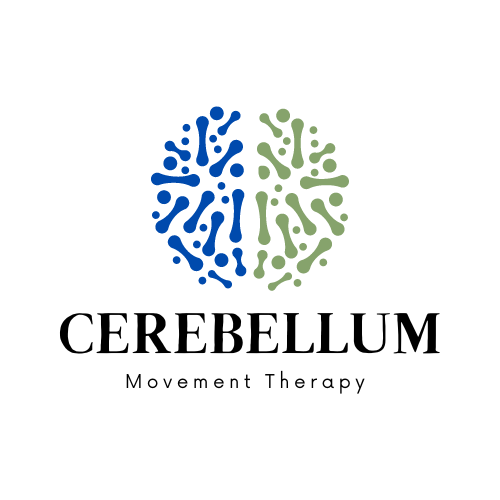Boosting Brain Health: Unveiling the Power of BDNF Stimulation
In the intricate landscape of brain health, one protein stands out for its paramount importance: Brain-Derived Neurotrophic Factor (BDNF). This protein plays a crucial role in fostering the growth, development, and maintenance of neurons within the brain and nervous system. Notably, BDNF holds the key to several cognitive functions, including memory, learning, and neuroplasticity—the brain's remarkable ability to adapt. In this article, we delve into the depths of BDNF, exploring its significance and unveiling the diverse avenues through which it can be stimulated.
The Role of BDNF:
BDNF, aptly named Brain-Derived Neurotrophic Factor, is secreted from various brain regions, predominantly the hippocampus and the cortex. The hippocampus, renowned for its role in memory and learning, along with the cortex responsible for a myriad of cognitive functions, collectively contribute to BDNF production. Additionally, other brain areas such as the basal forebrain and cerebellum also participate in BDNF secretion, underlining its widespread influence.
Stimulating BDNF: The Pathways to Enhanced Brain Vitality
1. Physical Exercise:
Regular physical activity, particularly aerobic exercises like running, swimming, and brisk walking, has shown a remarkable ability to elevate BDNF levels. Engaging in these activities prompts the brain to release higher quantities of this critical neurotrophic factor.
2. Intellectual Engagement:
The brain thrives on challenges. Activities that demand cognitive effort, such as learning a new instrument, mastering a foreign language, or solving intricate puzzles, can stimulate BDNF production. Engaging in such endeavors not only enriches the mind but also nurtures the brain's health.
3. Social Interaction:
The profound impact of positive social interactions on mental well-being is well-documented. Establishing and maintaining meaningful relationships can trigger an increase in BDNF levels, fostering a harmonious synergy between social connections and neural vitality.
4. Nutrient-Rich Diet:
Nutritional choices play a pivotal role in brain health. Consuming foods abundant in antioxidants, omega-3 fatty acids, and other vital nutrients supports BDNF production. Incorporating items like fatty fish, colorful fruits, vegetables, and whole grains into one's diet can have a positive impact on brain function.
5. Stress Management:
Mind-body practices, such as meditation, mindfulness, and deep breathing, offer a twofold benefit. They not only reduce stress but also contribute to higher BDNF levels. A serene mind, it seems, nurtures a thriving brain.
6. Restorative Sleep:
The importance of quality sleep cannot be overstated. Adequate and restful sleep is fundamental for maintaining optimal BDNF levels, ensuring that the brain remains ready for the challenges of the day.
7. Nature's Embrace:
The rejuvenating effects of nature extend beyond aesthetics. Spending time outdoors and immersing oneself in natural environments have been correlated with elevated BDNF levels. Nature's tranquility seems to resonate with the brain's vitality.
8. Holistic Approaches:
Integrating various stimulating activities into a holistic approach to well-being can yield remarkable results. Mind-body practices like yoga and tai chi, as well as the adoption of intermittent fasting and specific supplements, hold the potential to further enhance BDNF levels.
BDNF, the guardian of neural growth and cognitive flourishing, opens a gateway to a thriving brain. By embracing a multifaceted approach that includes physical exercise, mental challenges, social connections, healthy nutrition, stress management, and restful sleep, individuals can unlock the potential for optimal brain health. The symphony of actions that stimulate BDNF production orchestrates a harmonious melody of well-being, echoing through the corridors of the mind. As science unveils the intricate mechanisms governing brain health, the pursuit of stimulating BDNF emerges as a promising endeavor to empower and enrich our cognitive journey.

